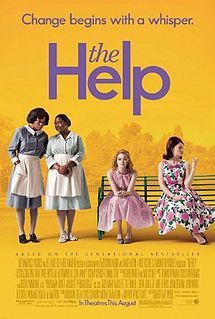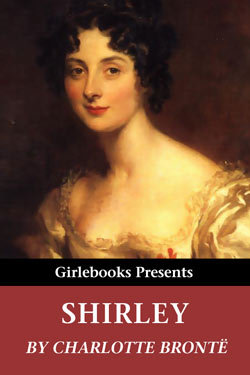“The Help,” Kathryn Stockett
Ever finish a book and think ‘damn, why did that have to end?’ That’s how I felt after finishing “The Help” by Kathryn Stockett. I started reading it because of its widespread popularity and also because my boyfriend had an extra copy from university, and I ended up liking it—alot. Stockett’s characters are not only convincing and believable, they are also likeable, with a beautiful, sometimes brutal, but always unflinching and clear-minded honesty. Her portrayal of the south during the 1960s is very well done, partly because of her details and experiences growing up in it, and partly because everything she describes was once true. Her plot development of Aibileen and Skeeter’s accounts from the maids had me flipping through the pages, reading with a pounding heart to see how everything would turn out. I only hope the wildly popular movie version does Stockett’s story justice.

¿Has terminado un libro y pensaste ‘mierda, por qué tiene que terminar?’ Eso es como me sentía después de terminar el libro “The Help” por Kathryn Stockett. Empecé a leerlo debido a la popularidad extendida y también porque mi novio tenía un ejemplar extra de universidad, y en realidad me gustaba mucho. Los personajes de Stockett no sólo son convincentes y creíbles, sino también son agradables, con un hermoso, algunas veces brutal, pero siempre determinado y de mente clara honestidad. Su descripción del sur durante los 1960 está muy bien hecha, en parte debido a sus detalles y experiencias por haber crecido en el, y en parte porque todo lo que ella describe fue verdad una vez. Su desarrollo de la trama de las cuentas de las criadas de Aibileen y Skeeter me hacía pasar las páginas, leyendo con un corazón palpitante para ver como acabaría todo. Solamente espero que la popular versión de la película haga justicia a la historia de Stockett.
“Shirley,” Charlotte Brontë
Another of Charlotte Brontë’s lesser-known works, “Shirley,” centers on two young women living in the early 1800s. One, Shirley, has money and thus independence, while the other, Caroline, yearns to have a purpose in life other than those meaningless activities that are deemed ‘appropriate’ for women. Brontë shows repeatedly that she was far ahead of her time through all of her writing, and “Shirley” is no exception. Her characters not only talk about society’s expectations of women, but also blatantly disagree with these expectations through their words and actions. Although in the end both characters find love and get married, they do this on their own terms and with their own set of expectations for their husbands, something that was hardly ever voiced and never appreciated in women in that time period.

Otra de las obras menos conocidas de Charlotte Brontë, “Shirley,” se enfoca dos mujeres que están viviendo en al principio del siglo XIX. Una, Shirley, tiene el dinero y por eso, la independencia, mientras la otra, Caroline, desea por un propósito en la vida aparte de aquellas actividades sin sentido que estan consideradas ‘adecuado’ para las mujeres. Repetidamente, Brontë muestra que era avanzada para su tiempo por toda de su escritura, y “Shirley” no es una excepción. Sus personajes no sólo hablan de las expectativas de la sociedad para las mujeres, pero también decaradamente disienten con estas expectavtivas por sus palabras y acciónes. Aunque al final las dos personajes encuentran el amor y se casan, ellas lo hacen en sus propios términos, con sus propias expectativas por sus maridos, algo que apenas estaba expresado y nunca estaba apreciado en las mujeres en esta época.